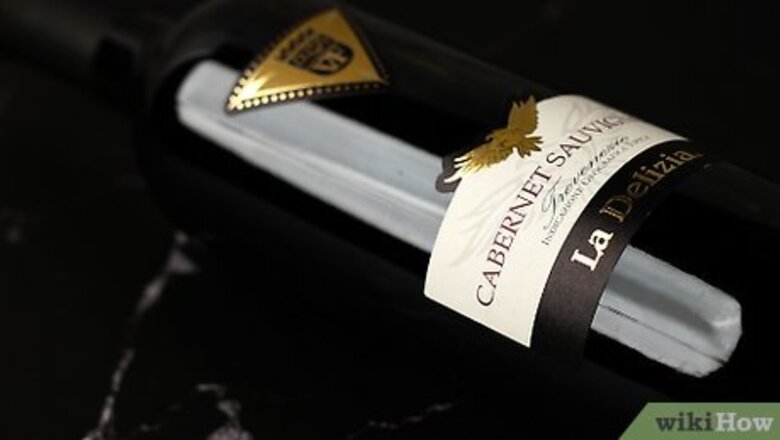
views
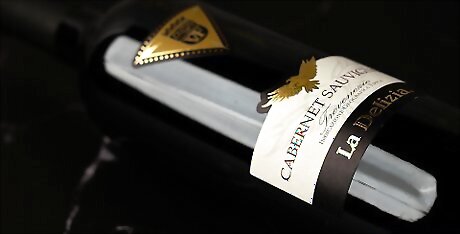
Choose your desired wine. When choosing a Cabernet Sauvignon, remember the phrase "old before young." You will find with age, the characteristics of the wine have mellowed and smoothed. Younger wines are generally sharper and may overpower foods they are meant to compliment.
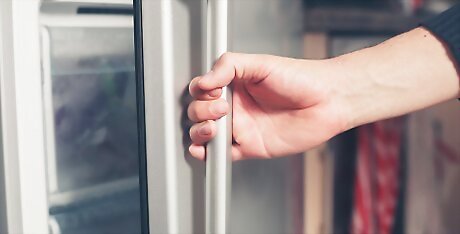
Cool the bottle at a temperature range of 63 degrees Fahrenheit (17.2 degrees Celsius) to 65 degrees Fahrenheit (18.3 degrees Celsius). Many people make the mistake of either over chilling a Cabernet Sauvignon or letting it stand at room temperature. Room temperature is a proper term to use when referring to the serving temperature of a Cabernet Sauvignon, however there is a stark difference between room temperature in Florida and room temperature in Iceland. A good guide to reaching the proper serving temperature for a Cabernet Sauvignon is to place the bottle in the refrigerator for 20 minutes or in an ice bucket for 5 minutes.
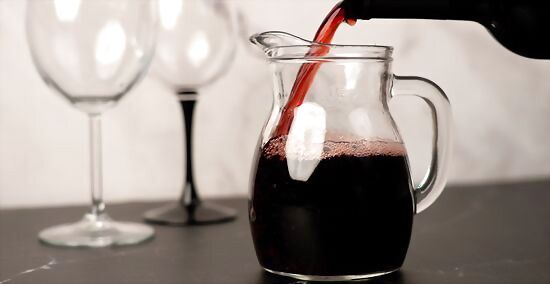
Properly aerate the wine. Aerating, or airing, the wine is the best way to open it up to its full flavor. This is the process of letting the air blend with the wine, which reduces the high carbon dioxide levels that may be present. It also removes the accompanying odor that can mask the true aroma. Uncork the bottle and let it sit open for an hour. Pour the wine into a wine decanter. The wider opening of a decanter allows aerating to occur faster. A decanter is a container that is used to hold the wine after it has been decanted. Decanters are normally used as serving vessels for wine.

Decant the wine. Decanting is the process of separating sediment from the wine. Contrary to popular belief, sediment does not always indicate a wine has gone bad. Sediment in red wine is created over time by the breakdown of pigments and tannin within the wine. As time matures the wine, small amounts of these 2 compounds gradually settle at the bottom of the bottle. Leave the wine bottle in an upright position for 24 to 36 hours prior to decanting. As much as 1 inch (2.5 cm) to 1.5 inches (3.8 cm) of the bottle of wine may not be consumed due to sediment, depending on the age of the wine and the grapes used.
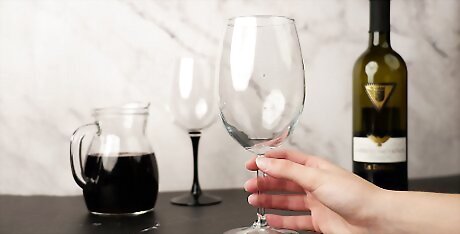
Choose the proper glass. Bolder, more full-bodied and complex wines like the Cabernet Sauvignon benefit from a wine glass that is large, round and has a wide rim. Hold the wine glass by its stem. This prevents the wine from warming due to the temperature of your hands. Warming a wine above its desired serving temperature will yield unwanted and unpleasant characteristics within the wine. The alcohol in wine will give a sharpness to the taste if the wine is served above its optimal temperature.
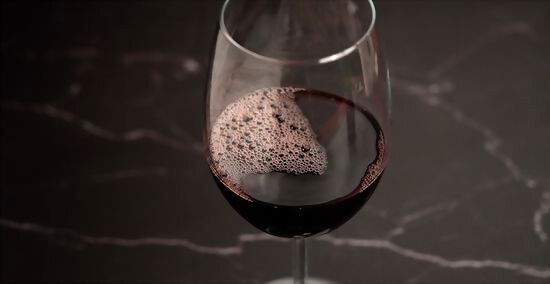
Pour the wine. Use a wine funnel with a filter. This helps with the aerating process and filters out the sediment from the Cabernet Sauvignon. Stop pouring the wine at the widest part of the glass. This allows for optimal aeration and you can swirl the wine without spilling it.















Comments
0 comment